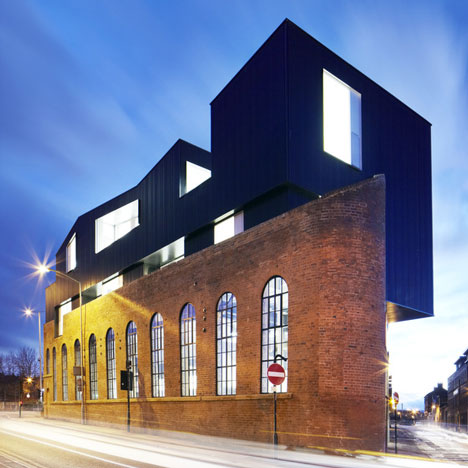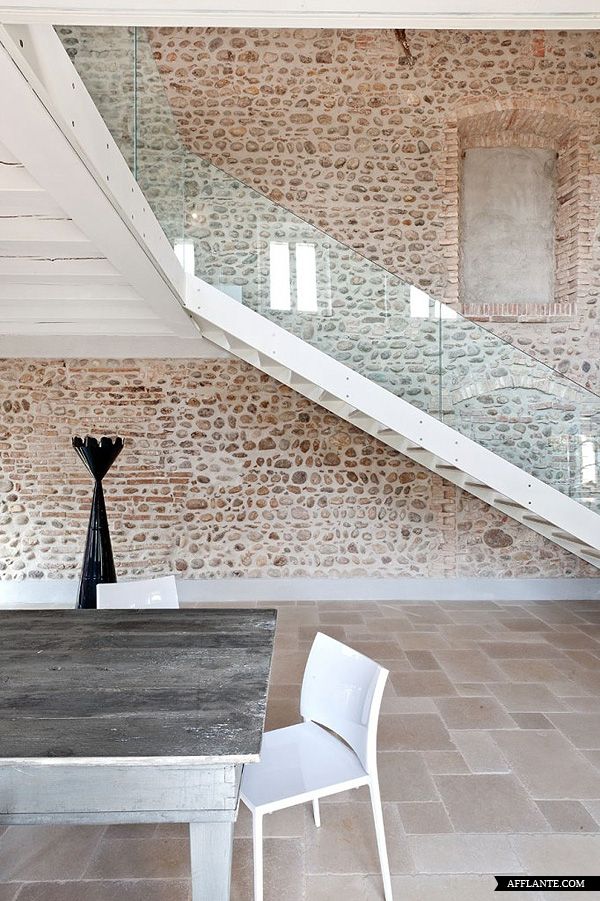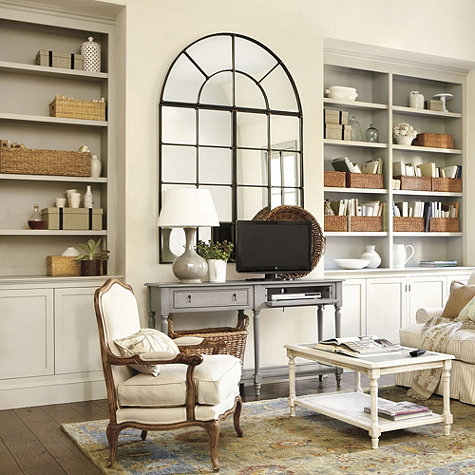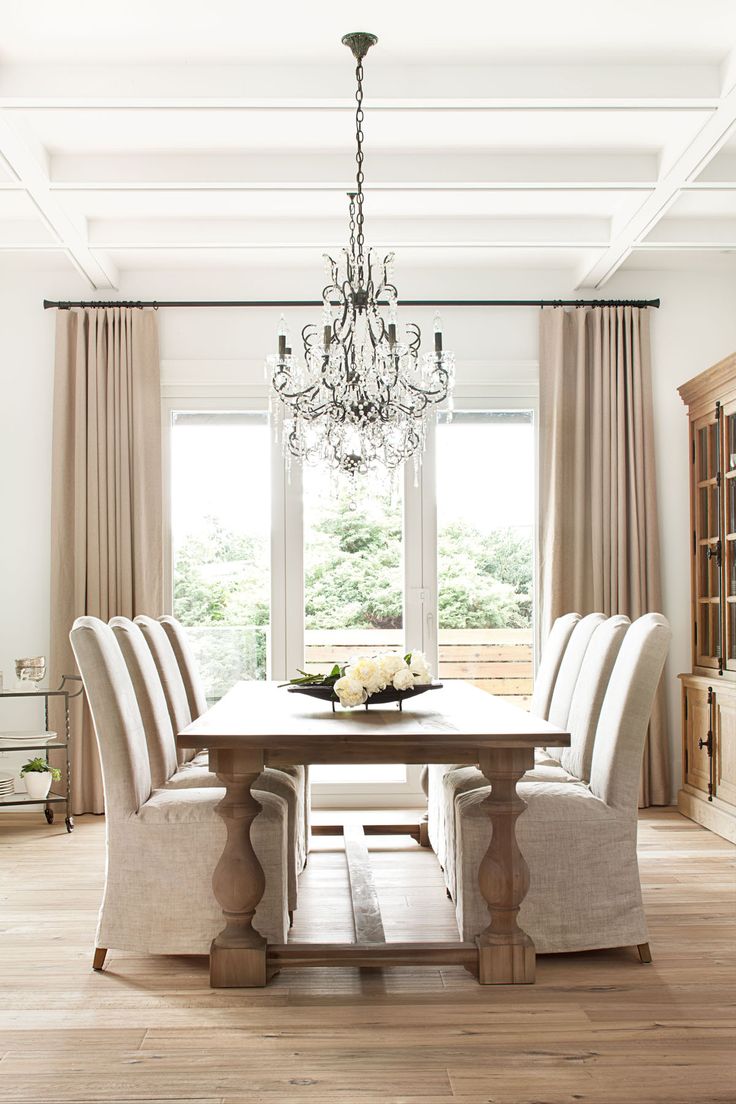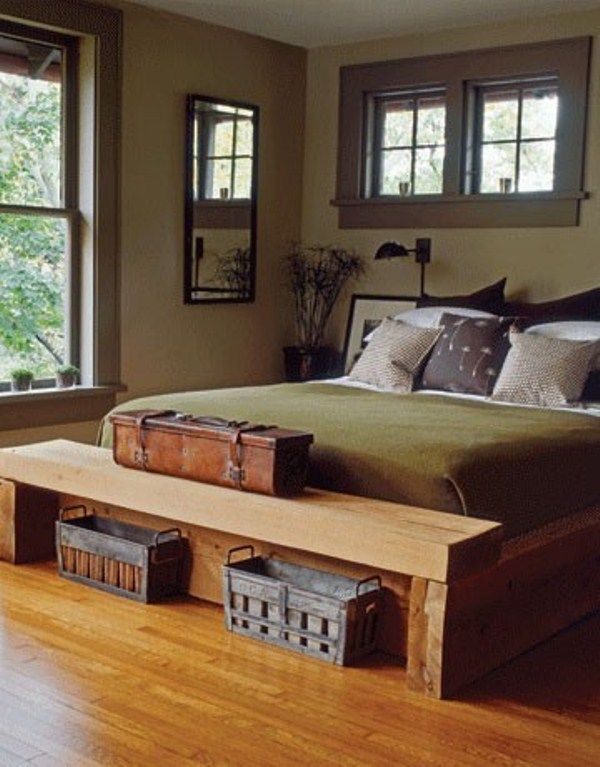Principles of Design Part 2
"A person who never made a mistake, never tried anything new." ~Albert Einstein
The final three principles of design are harmony (unity), emphasis (focal point) and contrast.
Contrast is the way we perceive the difference between things, create importance, and add interest to our environment. Good interior design is a balance between harmony, or the unity of a space, and the liveliness and interest created by emphasis and contrast. Contrast can be subtle or extreme.
Contrast of Materials
Contrast of Color
Emphasis is about establishing a focal point in your room. When you walk into a room, what is the first thing you notice? The fireplace? A great view? An inviting sofa or an entertainment center? The focal point is the element that holds everything together. Focal point relates to the item of main importance in a room. A focal point gives the room a sense of order so you ca find your place in it and feel at ease. If your room has a major architectural feature, such as a fireplace or an expanse of windows you have a natural focal point. If your room does not have a natural focal point, you can develop a focal point with a grouping of art or a key piece of furniture.
Focal point with art
A mirror as a focal point
Bed as focal point
Fireplace focal point
Harmony relates to how all the varied components of an interior relate to each other and to the overall theme of the design. Harmony allows the viewer to experience a design as a whole rather than seeing it as a collection of elements. There is harmony in style and harmony in color.
Harmony in color
Harmony of style
A harmonious bedroom
I hope you have enjoyed these posts on the principles and elements of design. Stay tuned for more design tips.
Thanks for stopping by...
Until next time,



